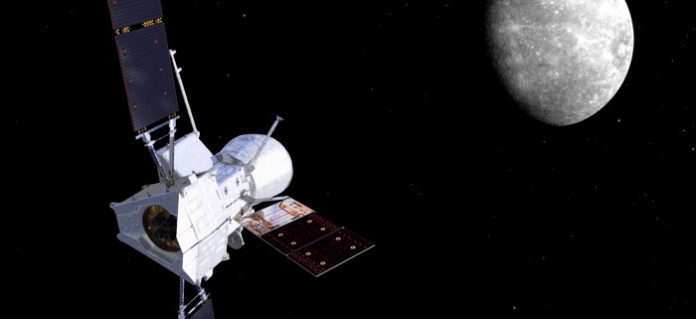The BepiColombo station was launched in 2018, and in April 2020 it was at a relatively short distance from the Earth. The ultimate goal, the planet Mercury, will be reached at the end of a seven-year journey in 2025. On the way to Mercury, the station will fly past Venus twice more. For the first time, the station will approach Venus in October this year, and one of the upcoming six flights past Mercury itself will take place in October next year. The main goal of the mission is to study the physicochemical parameters of the planet and to study the geological structure of the surface.
The station instruments were reconfigured to study the fluctuations of the magnetic field of our planet during the flight near the Earth in April this year. Then the obtained data were transformed into sounds accessible to our ear. Audio files lasting 8 hours were compressed to one-minute audio.
In total, five-sound recordings were received. One record was obtained using an accelerometer, while the station was passing near the Earth at an altitude ranging from 256.390 to 129.488 km. The second audio recording was made from the orbit of 12.689 km. The third audio file was received while the station was in the shadow of the Earth. To record the fourth audio, a magnetometer was used, which was used when the station passed through the planet’s magnetic field. The fifth recording was carried out with the same parameters as the fourth one, but along with the recording of the station’s jet engines that were launched to perform the maneuver. The sounds of the Earth’s magnetic field are posted on the website of the European Space Agency.







